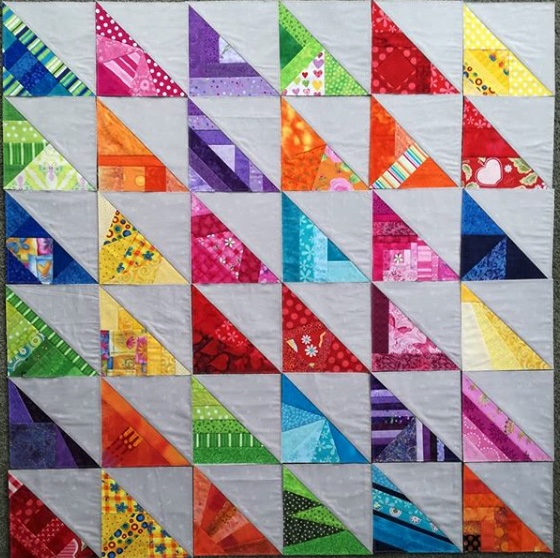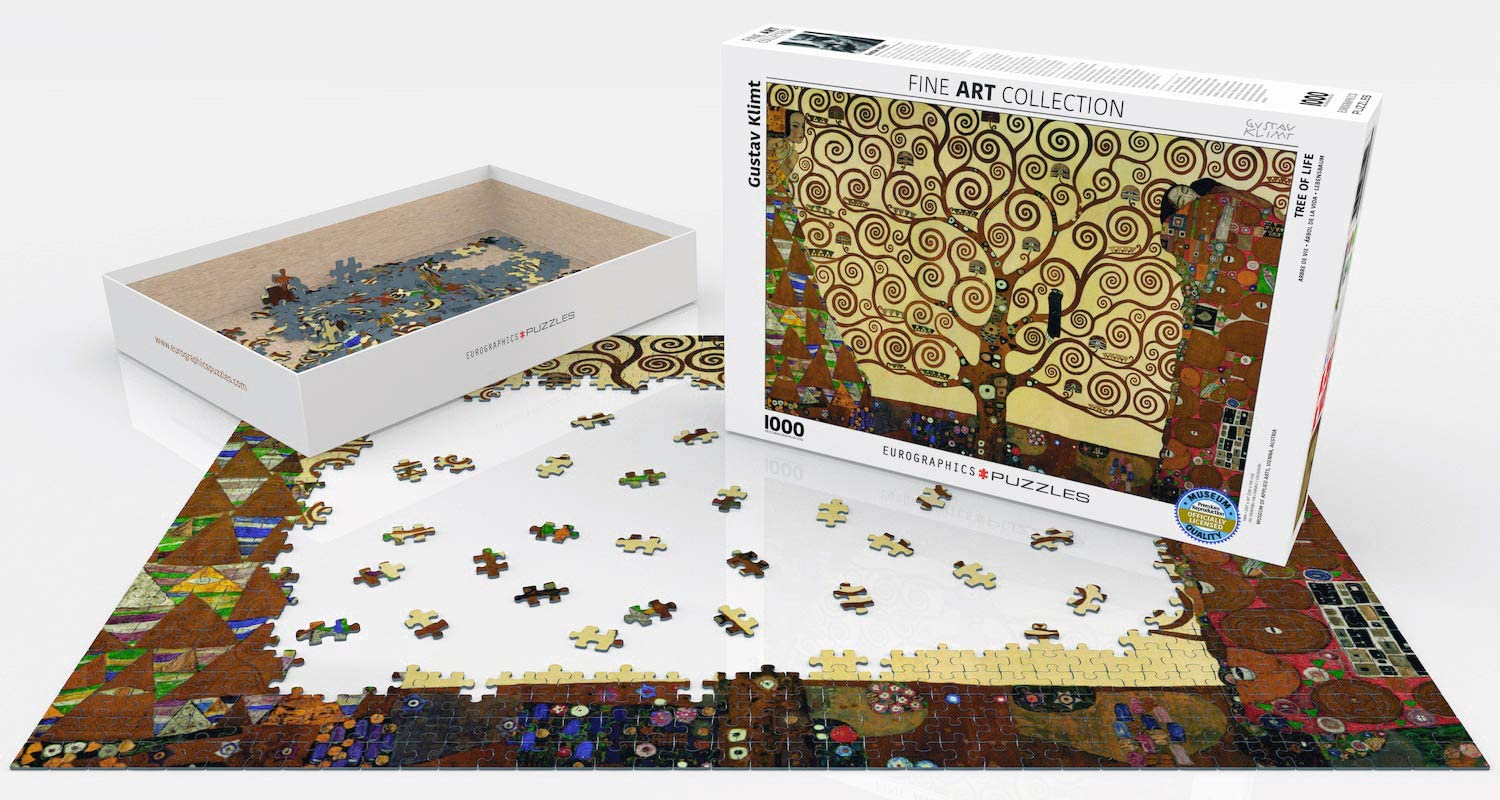
Dollar store crafts can be used for more than toys. Crafts can also be made using buttons, beads and buttons as well as shaker jars. You can make a hulahoop a hidden "hideout" using shower rings to attach to the curtain to the hoops and to tie the curtains to the clothesline.
DIY emoji-inspired stress balls
These DIY emoji stressballs can be made with simple supplies at home. It's a quick and easy way to bring smiles onto everyone's faces. These cute, soft balls are perfect for sensory-processing disorders sufferers and fidgeters. These balls can also be used as a teaching tool for children to learn about different emotions. On the Hello Creative Family site, you can find the recipe to make these stress balls.

For magnets, use dollar store marbles
You can turn marbles into fun magnets for kids with this easy craft. These inexpensive magnets can be made from clear or colored marbles purchased at the dollar shop. Double-sided scrapbooking can be used as the back cover of the magnet. For the magnets to be safe and secure, you can also use a small-sized wedding favor bag. Use a thicker magnet to make your magnets stronger.
Make a table lantern with glow sticks
There are many items you will need to make a table lantern using glow sticks. You will first need glow sticks. This craft is fun for kids, and you won't need to worry about messy materials. An old jar is all you need. These materials are available at the dollar store. Also, you can use dish soap or glitter to create glow sticks. The glow sticks will activate if they are shaken. Once you're done with the project, you can insert a battery-operated light bulb inside the lantern.
Make a ball with play-doh
You can find inexpensive supplies for kids' craft projects at dollar stores. They offer everything you will need for an affordable craft project. Try making some play-doh at home. To make it easier to mold, you can use oil and flour. It will be fun to play with and crumbly.
Create a snow globe
There are many dollar store crafts that you can choose from for your kids. A snow globe is a fun way to encourage fine motor skills while also getting your child to work on problem-solving skills. This craft can also help kids develop critical thinking skills. This is an excellent way to teach children how collaboration works.

Plant a tree
Planters add greenery to your house. Spring is a great time to plant flowers and plants. Planters can be costly, especially if they cover large areas. But you don't need to spend a lot of money to have a beautiful, well-kept garden. It's easy to add a little bit of nature to your house with a dollar-store planter.
FAQ
What are some free resources I can use to learn more about hobbies
Many websites offer help in finding new hobbies.
Here are some of our favorites:
www.trythisathome.com - This site provides a list of over 100 different hobbies. This site also contains information on how you can get started with each of them.
www.hobbyfinders.org - This site offers a database of thousands of activities that you can search by interest, skill level, location, and more.
www.indiebazaar.co.uk - IndieBazaar is an online marketplace designed specifically for independent artists and musicians. The site features hundreds of products ranging from artwork to music gear.
www.pinterest.com/explore/hobbies - Pinterest is a social media network that lets users "pin" images they find interesting onto their boards. Users can use boards to organize their favorite things into specific categories.
www.reddit.com/r/Hobbies: Reddit, another social media platform, allows users to post links to articles and videos. Voting lets users vote for which posts are the most valuable.
What are educational hobbies, you ask?
An educational hobby can be defined as an activity in which you learn something through doing it. You could choose to learn how to play an instrument or play sports.
The most important thing is that you find it enjoyable and entertaining. It doesn't have to be done all the time. However, if you get bored of it, you should think about other things you can do instead.
Also, you need to be careful not to spend too much on these activities. They can end up costing more than you think.
What are your top hobbies?
It's the hobbies you are most passionate about that make you happy. You'll be more motivated to do what you love. You will have a reason when you feel sick or tired.
Hobbies that we all know and love include gardening, painting and crafts, photography, cooking, sports and games, reading, music, film-making, collecting, cycling, walking, dancing, writing, playing instruments, etc.
Volunteering could be a great option.
You might be looking for something more adventurous. Consider scuba diving and skydiving.
There are many other ways to spend time outside. These include caving, cliff diving, cave tubing, abseiling, sea kayaking, rafting, canoeing, climbing, trekking, bushwalking, mountaineering, backpacking, trail running, orienteering, off-road driving, quad biking, motorcycling, motorcycle riding, dirt bike riding, jet boating, hang gliding, hang gliding, parachuting, hang gliding, heli-skiing, ice skating, snowmobiling, snowshoeing, snowshoeing, cross country skiing, downhill skiing, telemark skiing, ski touring, sled dog racing, snowboarding, snowkiting, snowmobiling, spelunking, snowshoe hiking, snowshoeing and many more.
What are some enjoyable hobbies for seniors
Senior citizens should have fun activities that they enjoy doing. Active seniors should take up sports and other physical activities.
They may be interested in joining clubs to find people with similar interests. They will feel less lonely as their age.
Seniors must also be on the cutting edge of new trends. They could be interested in fashion, art, music and literature.
Statistics
- Almost 80% of people claim to have no hobby. (hobbylark.com)
- 37% Video Games 36% Travel 36% Health and Fitness (quizexpo.com)
- This 100% accurate personality-analyzing hobby quiz discovers your passion based on your characteristics. (quizexpo.com)
- Much of this decline reflects the fact that teens are less likely to work today than in the past; among employed teens, the amount of time spent working is not much different now than it was around 2005. (pewresearch.org)
- The intensity of the dialogue partners' bond at the end of the forty-five-minute vulnerability interaction was rated as closer than the closest relationship in the lives of 30 percent of similar students. (time.com)
External Links
How To
How to start gardening
Gardening is one of the oldest forms of agriculture. It requires persistence, patience, and determination. It is important to choose the right location for your garden. You can choose to have a large area or a small one in your backyard. Next, choose what kind of plants you would like to grow. Do you prefer vegetables, or flowers? Some people enjoy growing herbs while others love raising livestock such as rabbits. You should consider how much space you have available before deciding what types of crops you plan to plant. If you live somewhere that has cold winters, it might be a good idea to grow berries or fruits.
After choosing what you want to plant you need to prepare your soil. Soil is essential in determining whether your plants will thrive or fail. Organic matter is essential for the health and well-being of your plants. Organic matter includes leaves, twigs (grass clippings), manure, compost, and manure. Once you have prepared your soil, you need to add nutrients. You will need different amounts of nutrients depending on which type of plants are being grown. You can calculate these values online with a fertilizer calculator. There are many fertilizers to choose from, so it is important that you are familiar with the product you are using.
Now, wait for your seeds to germinate after you have prepared your soil and added the necessary nutrients. This can take anywhere from two weeks to three months depending on where you live and how warm it is. After your seeds sprout, it is important to water them frequently. Too much or too little water can cause problems. You should ensure that your plants get enough water at regular intervals. Avoid overwatering. Overwatering could lead to root rot as well as fungal diseases. Remember that plants need less water in the summer than they do in the winter. Also, remember that certain plants need to dry out after watered. For tomatoes, it is important to keep them moist but dry. They don't like to sit in soggy soil. After the plants have finished flowering they must go dormant. Dormancy is when plants stop producing new growth and begin storing energy for the next season's harvest. Dormancy means that the plant stops communicating with its roots about producing food. Plants continue to store energy throughout this period. Plants will soon die if they are exposed to too much or too cold temperatures.
Urban environments may limit the variety of plants you can grow. Concrete sidewalks, roads, buildings and parking lots are all common in urban areas. These blocks block sunlight from reaching ground level. Concrete absorbs light, preventing the soil underneath from getting adequate sun exposure. Many plants can't thrive in urban environments because they lack sunlight. Many plants can still thrive in urban settings. Many perennials, trees, and shrubs are able to adapt to urban living. Many annuals are also possible to grow indoors in containers. You can bring greenery inside your home all year round, regardless of the weather.
You are now ready for planting!